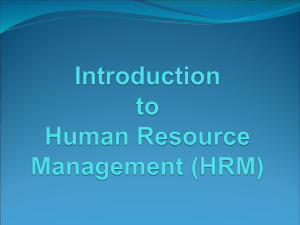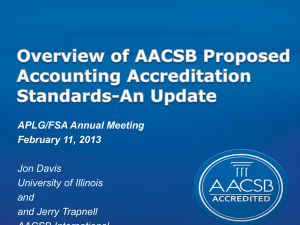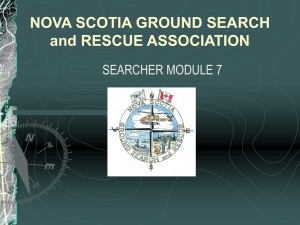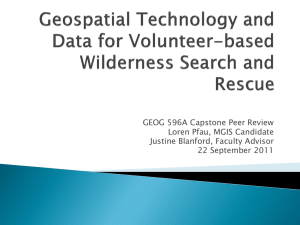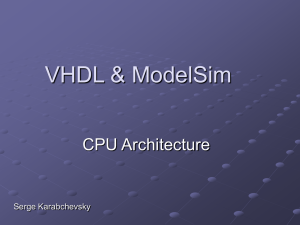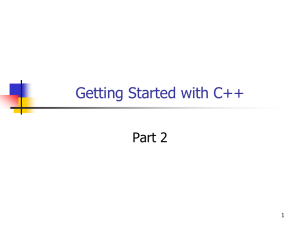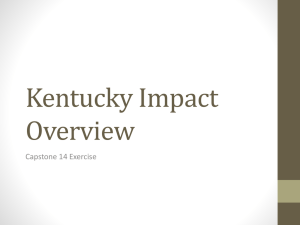SAR Altimetry in Coastal Zone: Performances, Limits
advertisement
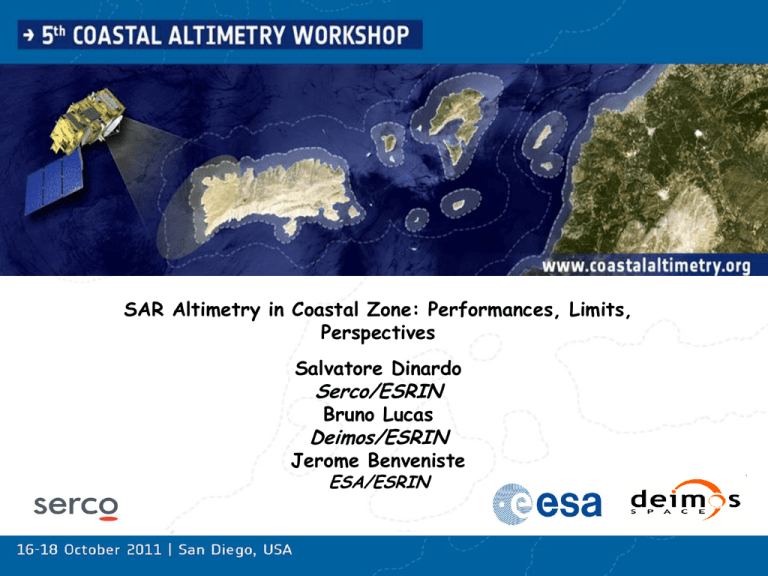
SAR Altimetry in Coastal Zone: Performances, Limits, Perspectives Salvatore Dinardo Serco/ESRIN Bruno Lucas Deimos/ESRIN Jerome Benveniste ESA/ESRIN SUMMARY • • • • • Introduction Land Contamination in SAR Mode SAR Mode: Application in Med Sea SARin Mode: Application in James Bay Conclusion & Recommendations SAR DATA SET Study Area: West Mediterranean Sea Four Months of CryoSat SAR L1B Data: May, June, July, August Corrections coming from CryoSat Data, no sea state bias applied Sea Land Mask: 250m MODIS Water/Land Mask.. To calculate the distance SAR Retracking One of the side consequences of the SAR focusing is that the characteristic quasistep shape of the pulse-limited waveform is lost and the SAR focused waveforms assume now a particular pulse-shape with long slow-decaying tail SAR Retracking on CryoSat L1b Data on normalized waveforms One Shot Retracking (not double one) The retracker scheme used to fit the model to Data is the non-linear Least Squares Algorithm (LSA) in the formulation proposed by Levenberg-Marquardt Able to retrieve epoch, wave-height and Pu GOF: sum of squared residuals Over open ocean 0.3-0.4 Land Contamination in SAR mode The expected Land Contamination is believed much lower than in Pulse-Limited Mode for two reasons: • The Along Track Resolution is finer (300 meters for CS) • At t=0, the Across Track Resolution is the same than Pulse-Limited Altimetry (Pulse-Limited Diameter) but anyway the size is reducing with the time delay R RPL i i 1 RPL i 1,2,3,4.. 2 i The scattering area is not anymore constant Effect of off-nadir scattering targets at across track is minimized Effect of the Land In SAR mode Waveforms at 20 Hz, one waveform each 300 meters – Optimal Conditions Coastal Zone Effect of the Land -> LIMITS Track Orientation and bright targets can have effect on the level of the Land Contamination.. Even in SAR mode !!! How Close to the coast? A quantitative measure for land contamination can be the GOF (Goodness of Fitting) (aka QME): GOF ( yi2,data yi2,mod el ) i Mean of the GOF in our study area plotted vs. the distance to coast WEST Med Results: SSH Statistics in Study Area: SSH For the all study area, the std of the SSH inside 20 Records Block have been computed Mean std @ 20 Hz 5.5 cm (1.1 @ 1 Hz) Std of std 3cm 84% of std between 0 and 10 cm Just In coastal Area Mean std @ 20 Hz 6.13 cm Std of std 7 cm 57% of std between 0 and 10 cm Statistics in Study Area: SWH For the all study area, the std of the SWH inside 20 Records Block have been computed Mean std 33 cm @20 Hz ( 7 cm @ 1 Hz) Std of std 11 cm 87 % of std between 0 and 0.5 meters Just In coastal Area Mean std 36 @ 20 Hz Std of std 16 cm 62 % of std between 0 and 0.5 meters Statistics in Study Area: s0 For the all study area, the std of the s0 inside 20 Records Block have been computed Mean std 0.15 db @ 20 Hz ( 0.036 db @ 1 Hz) 91% of std between 0.1 db and 0.2 db Just In coastal Area Mean std 0.173 @ 20 Hz cm 83 % of std between 0 and cm SARin Mode: Origin Angle Beyond the SAR Mode, CryoSat operates also in SARin mode From the Phase Difference between the channels, we can easily compute the origin angle and then the across track distance of the first return (closest range) x0 0 (rclosest ) sin 2b 1 You need to know the closest range to surface .. This means you have to re-track the SARin Data x0 rclosest sin SARin Mode Application No SARin Mode over Mediterranean Sea The James Bay in Canada Covered in SARin A series of small Islands across track the satellite pass Conclusions & Way Forward • • • • • • In SAR mode, 1 cm of range noise seems a achievable objective For SWH, the current precision is not yet the theoritical one (4-5 cm).. Works have to continue on this front and an explanation needs to be found For Wind Speed, a variability in sigma zero lesser than 0.04 db is very good result The land contamination in SAR Mode is greatly reduced but still present in unfavourable cases; GOF (MQE) and Ground Track Orientation to the coastline can be parameters useful to quantify the contamination When possible, also the SARin mode must be used in coastal zone: the SARin mode allows to compute the across track distance of the closest target; this parameter can be useful to discriminate the nadir or off-nadir origin of the echo The analysis needs to be repeated with a more set of correction (included sea state bias) and contrasted against in situ data and models... Some biases in SWH and SSH are expected Conclusions & Way Forward THANKS FOR YOUR ATTENTION salvatore.dinardo@esa.int


